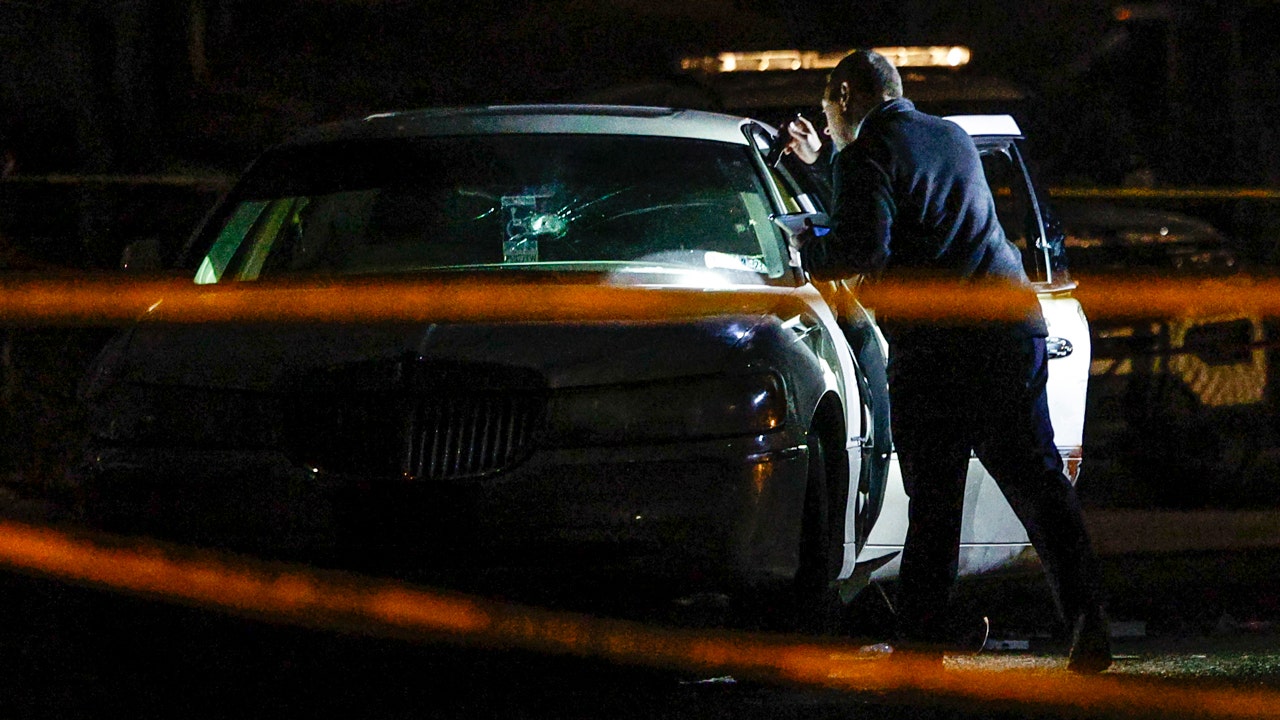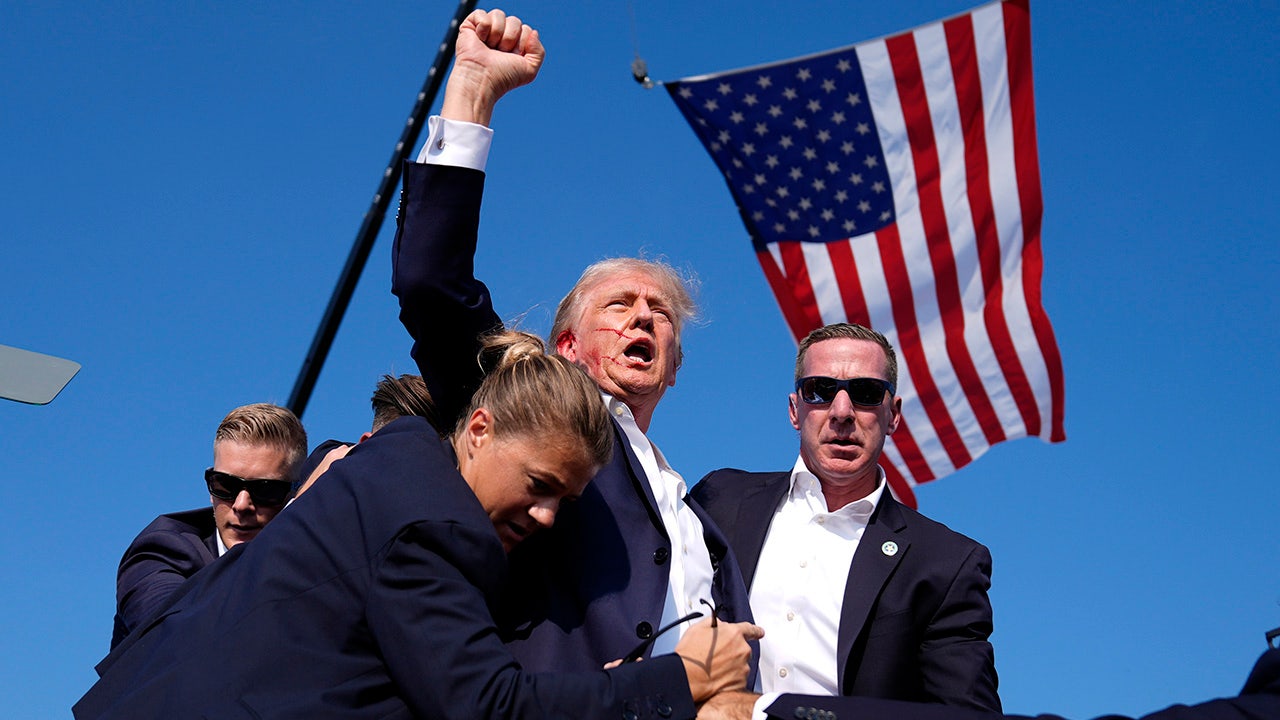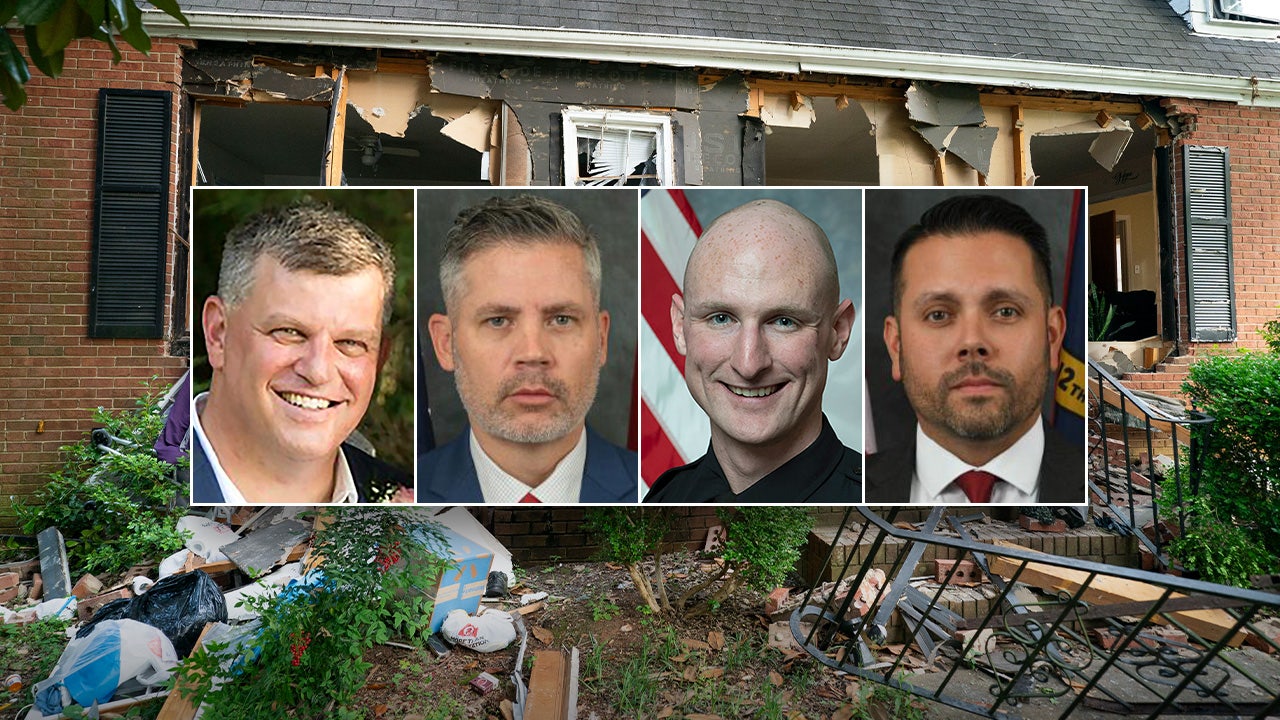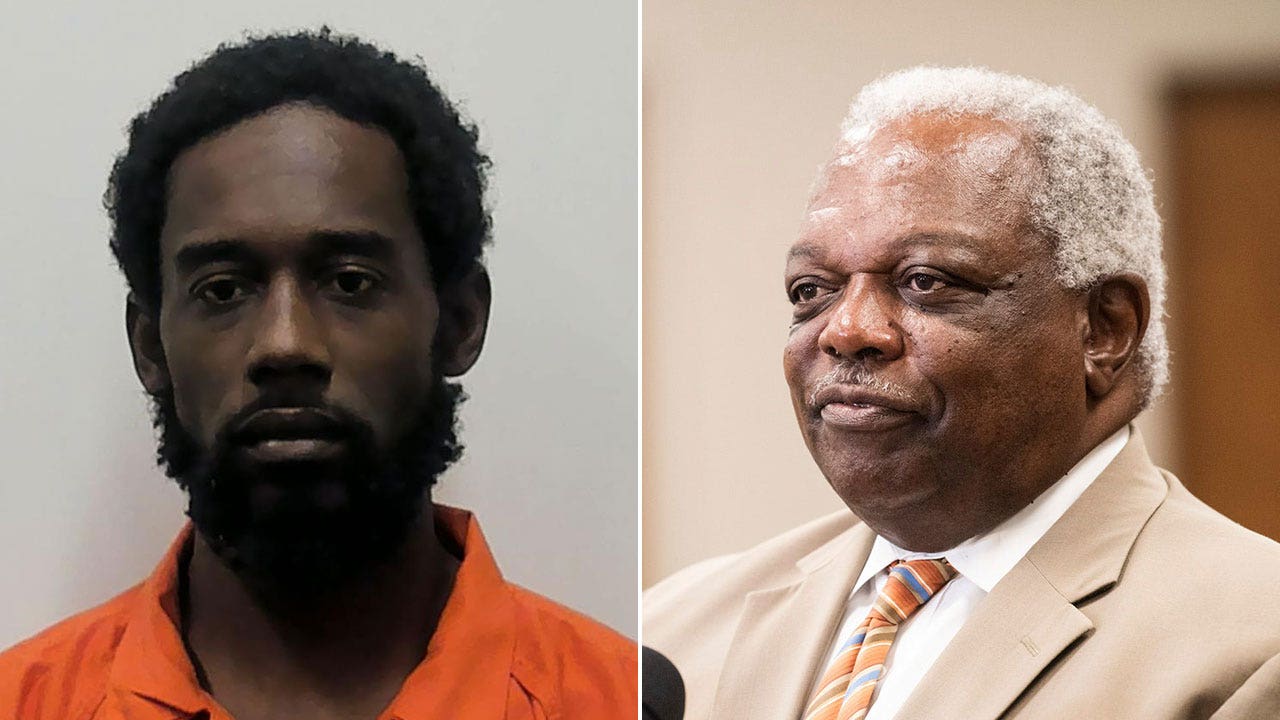If the American experiment finally decides to call it quits, how might a national breakup begin?
Perhaps California moves toward secession after the U.S. Supreme Court strikes down the state’s strict gun control measures. Or Texas rebels when disputes over abortion laws grow deadly and the state’s National Guard remains loyal to the second Texan republic. Or a skirmish over the closure of a local bridge by federal inspectors escalates into a standoff between a beloved sheriff and a famous general, and the rest of the country takes sides. Or it’s the coordinated bombing of state capitols timed to the 2028 presidential transition, with right-wing militias and left-wing activists blaming one another.
In other words: It’s not you, it’s me hating you.
These scenarios are not of my own creation; they all appear in recent nonfiction books warning of an American schism. The secessionist impulses take shape in David French’s “Divided We Fall,” which cautions that Americans’ political and cultural clustering risks tearing the country apart. (French published it before becoming a Times columnist in 2023.) The statehouse explosions go off in Barbara F. Walter’s “How Civil Wars Start,” which notes that when democratic norms erode, opportunistic leaders can more easily aggravate the ethnic and cultural divides that end in violence. The Battle of the Bridge is one of several possible Sumter moments in Stephen Marche’s “The Next Civil War,” which contends that our great divorce would flow from irreconcilable differences over what America stands for.
These authors offer examples of what could happen, not predictions of what will. Their point is that our politics and culture are susceptible to such possibilities. “The crisis has already arrived,” Marche writes. “Only the inciting incidents are pending.”
It is precisely the absence of inciting incidents that makes the writer-director Alex Garland’s much-debated new film, “Civil War” (its box-office success resulting in part from the multitude of newspaper columnists going to see it), such an intriguing addition to this canon. We never learn exactly who or what started the new American civil war, or what ideologies, if any, are competing for power. It’s a disorienting and risky move, but an effective one. An elaborate back story would distract from the viewer’s engagement with the war itself — the bouts of despair and detachment, of death and denial — as lived and chronicled by the weary journalists at the center of the story.
Even the choice of journalists as the film’s protagonists creates an additional layer of remove, especially because, weirdly, these journalists rarely discuss the origins of the conflict or question its politics, even among themselves. (“We record so other people ask,” a veteran photographer reminds her protégée.) The story is built around their travels from New York to Washington, where they hope to score one last presidential interview before the capital falls.
“Civil War” is a road trip movie, if your trip occurs somewhere between the dislocation of “Nomadland” and the dystopia of “The Road.” If you’re trying to see the national monuments before they turn to rubble. If stopping for gas involves Canadian currency and scenes of torture. If stadium camps and mass graves have become standard features of America the beautiful.
In this telling, California and Texas have both seceded and somehow allied together. They are battling the remnants of the U.S. armed forces as well as some loyal Secret Service agents and die-hard White House staffers, all of whom serve the same purpose as the expendable ensigns on a “Star Trek” landing party. There is also something called the Florida Alliance, which has been trying to persuade the Carolinas to break away from Washington, too.
But the most memorable fighters in this war are the informal militias found across the country, whose motives for violence range from self-defense to self-indulgence. One fighter explains, with an annoyed air, why he’s taking aim at a sniper: “Someone’s trying to kill us. We are trying to kill them.” Another exudes slow-motion glee while executing his uniformed, hooded prisoners. Another militant mumbles that he’s strung up a local looter in part because the guy had ignored him in high school, a casual malevolence that brought to mind Shad Ledue, the murderous handyman from Sinclair Lewis’s 1935 novel, “It Can’t Happen Here.” Once Ledue gains a little power — just enough — over his kindly but oblivious former employers, his enduring resentment fuels his vengeance.
Civil conflicts are sustained by different groups’ belief that their “position and status in society” have been downgraded, Walter writes. Whether that erosion is real can be less relevant than the feelings of oppression and loss, and the chance to blame and punish someone for it. Once the door has opened just a crack, high school slights and condescending bosses become good excuses — precisely because they’re so petty — for violence.
The power of “Civil War” is that the snippets of context deepen the film’s ambiguity, as well as its realism. The president, we learn in passing, is serving a third term, and the action begins with him rehearsing his lies before addressing the nation. (So was secession a reaction to an authoritarian leader, or was his extended tenure itself a response to regional rebellion?) The president made controversial decisions, like deploying airstrikes against U.S. citizens (a plot point that reminded me of the U.S. killing of the radical cleric Anwar al-Awlaki in 2011) and disbanding the F.B.I. (which evoked the fateful U.S. decision to dissolve the Iraqi military in 2003). The war photographer at the heart of the movie, played by Kirsten Dunst, gained fame in college for snapping a “legendary” photo of something called the Antifa Massacre. (I immediately thought of the indelible Kent State photograph from 1970, also taken by a collegiate photographer, though whether this new massacre was supposedly perpetrated by or against Antifa activists is unclear.)
“Civil War” is not ripped from the headlines as much as it is stitched from history; it is not a vision of what might happen in America but a collage of what already has happened, some here and much elsewhere.
In that sense, the film is reminiscent of Omar El Akkad’s 2017 novel “American War,” which imagines a new civil conflict late in the 21st century, after climate change has remade the country and a federal prohibition on the use of fossil fuels prompts an uprising by Americans clinging to their guns and gas guzzlers. El Akkad, a journalist who has covered terrorism, military tribunals and mass migration around the world, decides to put them all in one place, a future America where principle has given way to retribution. “This isn’t only about secession anymore,” someone explains after the fighting begins. “This is about avenging our dead.” It’s a book-length rebuttal of American exceptionalism.
“Civil War” issues a similar rebuttal in a lament by Dunst’s character, who struggles with flashbacks from the many conflicts she’s covered and also can’t quite accept that it’s happening here. “Every time I survived a war zone and got the photo,” she says, “I thought I was sending a warning home: Don’t do this. But here we are.”
The missing back story in “Civil War” does not obviate any consideration of how such a war could have begun; it forces viewers to realize that many different roads could get us there. We don’t have to be the United States from the 1850s or the Balkans from the 1990s; we can choose our own misadventure.
Of course, not everyone chooses sides. Political violence does not necessarily depend on mass mobilization but on just the right mix of minority zealotry and majority indifference, or perhaps fear. In “Civil War,” the journalists come upon a time warp of a town, sprinklers still spraying and shops still open, seemingly insulated from the mayhem. One resident explains that she sees the war on television but would rather just “stay out.” The coexistence of brutality and normality is a recurring feature of war, and I can picture many Americans getting through an actual civil war with similar distance. (Maybe they’d call it self-care.) But I suspect that more than enough of us would feel what Marche calls “the pleasure of contempt.” That pleasure is everywhere in “Civil War,” no less than in the Abu Ghraib-style photo that slowly develops in the closing credits.
In “How Civil Wars Start,” Walter points to the breakdown of a unified national identity as a precursor of strife. In Iraq, she writes, people began to ask who was Shiite and who Sunni; in Bosnia, the distinction among Serb, Croat and Muslim identities overpowered all else. One of the most disturbing moments in “Civil War” shows a camouflage-clad fighter threatening the journalists. When they insist they are Americans, he asks, “What kind of American are you?” At gunpoint, they answer, and the fatal exchange shows that the definition of America is no longer found in the creed of liberty, equality and opportunity but in the sludge of blood, soil and language.
The quest for a cohesive national definition comes up in these recent books warning of our deepening divides. Walter compares the political tensions of our time to the 1850s and the 1960s. “Both times, the country’s political parties had radically different visions of America’s future. What could the country be? What should the country be?” She hopes that America’s enduring ideals and shared history can inspire us to “fulfill the promise of a truly multiethnic democracy.” In “Divided We Fall,” French imagines but does not expect that we might draw on our federalist tradition to let different states live as they choose while preserving individual rights, not to mention the union.
Such outcomes would require the acceptance of those shared ideals and history, a semblance of consensus around what kind of country we want to be. This is harder in an America of proliferating identities and symbols, a country where group rights and grievances risk trumping the commonalities and compromises that bind us together. “Identity-based parties make it impossible for voters to switch sides,” Walter writes. “There is nowhere for them to go if their political identity is tied to their ethnic or religious identity.”
Marche hopes that America will regain its swagger and reinvent its politics, but the estrangement he sees offers little encouragement. “Each side accuses the other of hating America,” he writes, “which is only another way of saying that both hate what the other means by America.”
The debate over what kind of America we want is vital and unceasing. But when it shifts from the universal to the personal, from what kind of America we want to what kind of American we’ll accept, then we have moved from conversation to interrogation, from inquiry to tragedy. You don’t have to believe that a new civil war is coming to understand the dangers of the question — “What kind of American are you?” — and to realize that the more answers we grasp for, the weaker we become.






